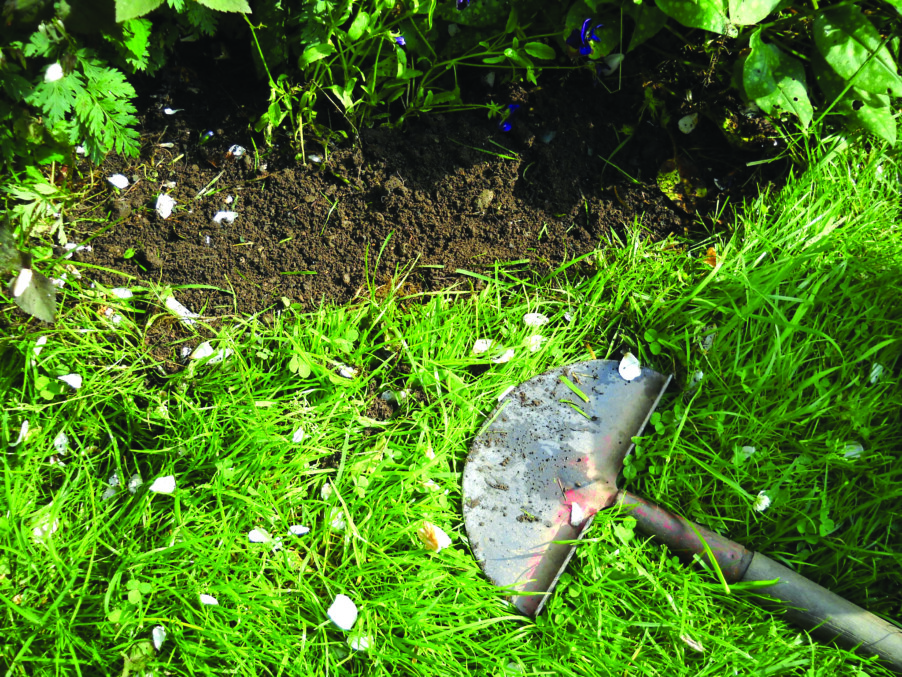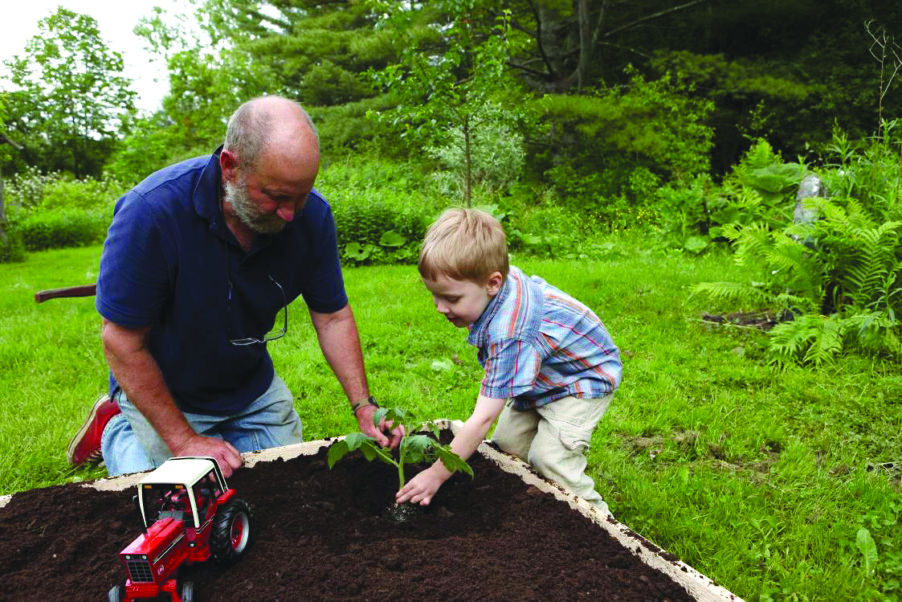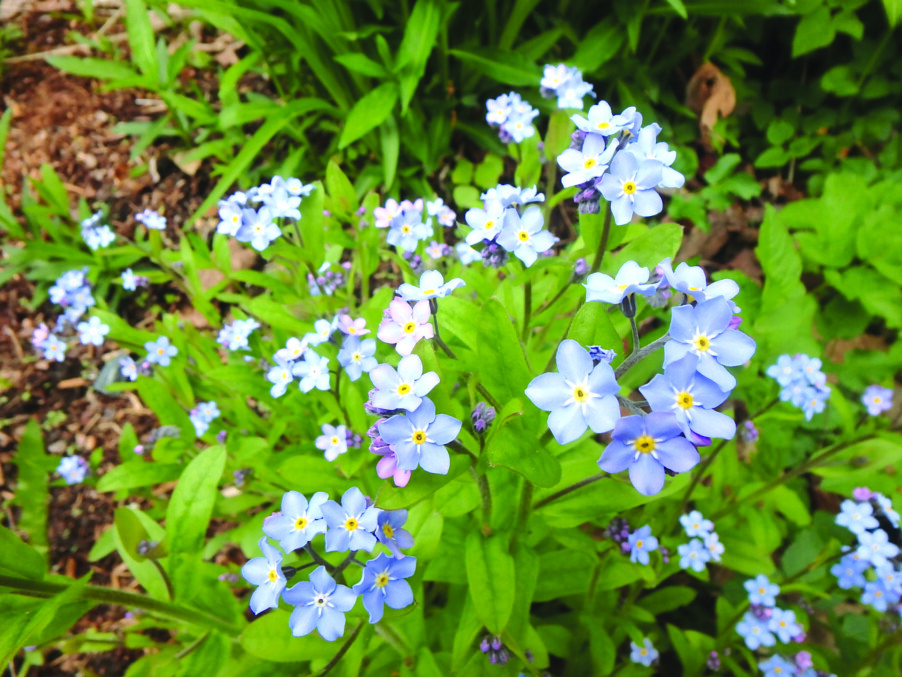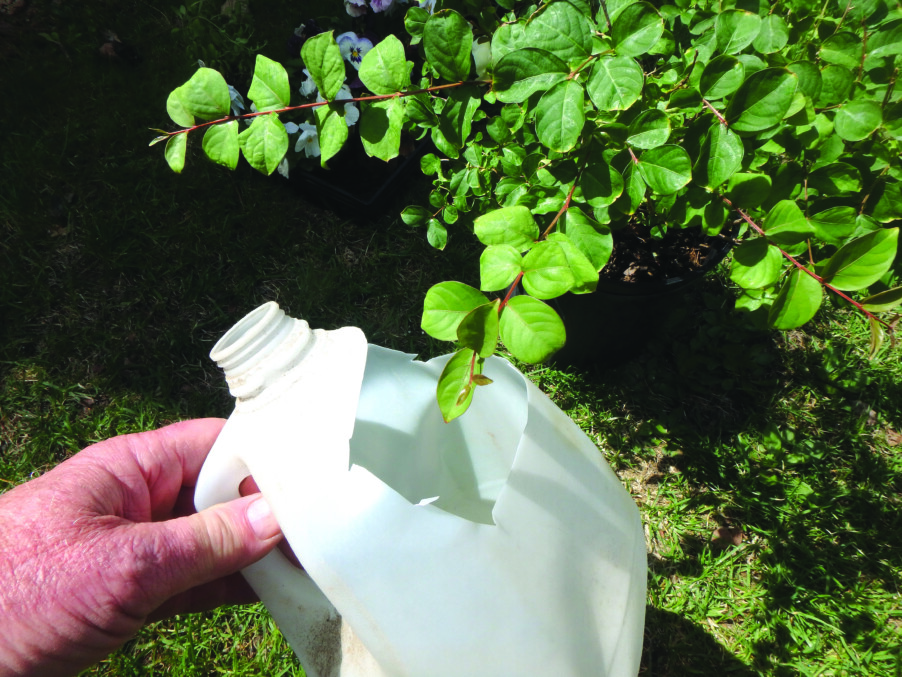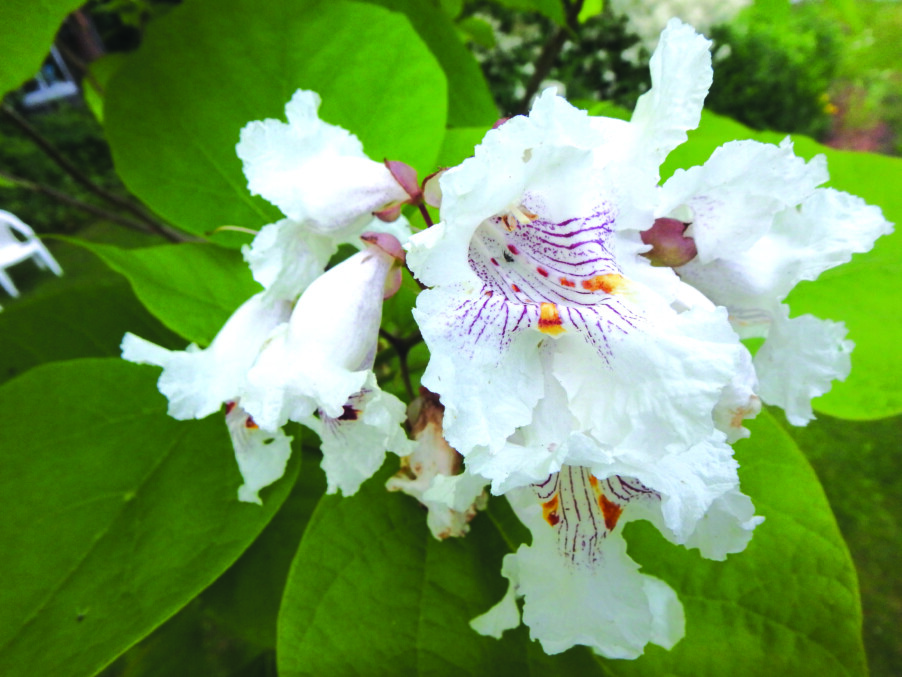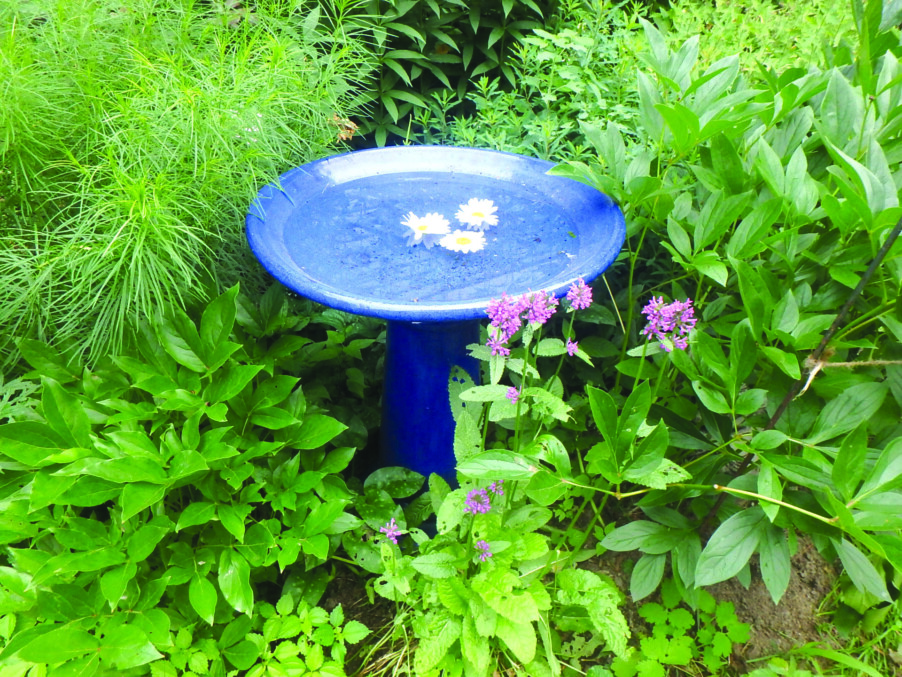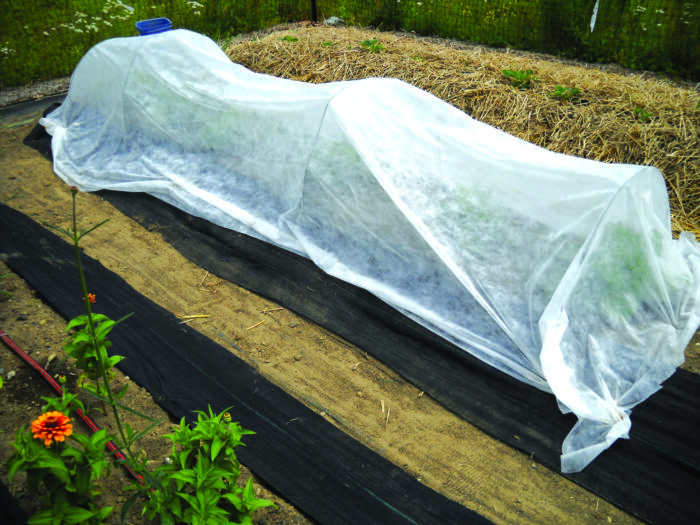Nothing wrong with a lazy gardener
I saw a friend recently who was bubbly and excited about her garden. “It’s full of color and stays that way all summer!” she exclaimed. “And it is NO work! All I have to do is water it daily, and give it a little fertilizer every few weeks.” She invited me to come see it, so of course I went.
What my friend has is a small outdoor courtyard that she has transformed into an outdoor room, complete with a small metal table and chairs sitting on an outdoor carpet. She has purchased lots of annuals and is growing most in pots (hence the need for daily watering), along with a few easy perennials.
The house is L-shaped and defines two sides of the space, with a low railroad tie retaining wall for the third side; the front is open and once allowed her to park her car right by the side door to the house. No more.
In addition to the annual flowers, she has a few perennials growing in the ground and lots of whimsy. She stops whenever she sees a “FREE” sign by the side of the road. A chair with no seat? Bring it home, paint it bright blue, and put it in the garden. See a sculpture of a head, or an interesting vase at a yard sale? Get it!
The annual flowers she generally buys as hanging baskets because they have well-established plants with blossoms from Day 1. Lots of color. Supertunias, verbenas, and marigolds of various descriptions are some of her favorites. When she gets them home she takes them out of their horrid plastic pots and puts them in nice ceramic pots. If she goes away for a few days she has someone come by to water.
A vining or trailing plant she likes this year is one I have never seen before. It has bright red trumpet flowers and is a Proven Winner trademarked plant called Lofos Wine Red, a lophospermum hybrid. Keep it in sun with mostly dry planting mix, and it blooms all summer, attracting hummingbirds. In general, trademarked plants like this offer good results with minimum effort.
Right now she has a big pink bleeding heart in full bloom, though that will bloom only for a few weeks. She has a groundcover that I use in shady areas called sweet woodruff that serves as a nice filler near it and is blooming right now. It has fragrant white blossoms and delicate lacy foliage that stays green and handsome all summer. Later an astilbe will blossom nearby.
Hosta is another important plant in her garden. She has many with large, green leaves. And although hostas are generally grown for their foliage, later in the summer they will send up flower stalks with white blossoms.
The side of the space that gets the most afternoon sun is filled with Stephanandra incisa or lace shrub. This is a deciduous woody shrub that spreads by root and roots in wherever the tips of branches touch the ground. It only gets a couple of feet tall, but has very dense foliage — dense enough that grasses and weeds do not come through. It blooms in June, with small white star-shaped flowers. The leaves are shaped a bit like maple leaves. Her stephanandra was planted 25 years ago and still looks great — it covers the bed that is over 50 feet long and 4 feet wide.
More than a dozen years ago I planted bulbs for my friend in another part of the property. My goal was for her to have blossoms from March until late May from spring bulbs, and the bulbs are still going strong: first snowdrops in March, followed by crocus, then daffodils. I selected daffies for their bloom time: some early, some mid-season, some that bloom in late May. Like everything at this property, the goal was to have no-labor or low-labor beds, so the beds were well-mulched with chipped bark.
What other plants grow at this garden? She had a steep rocky hillside with gravelly, poor soil. Grass grew on it, but it was impossible to mow. Someone suggested a creeping sumac, and she had it installed. It is variously called skunkbush sumac, creeping three-leafed sumac, or “Autumn Amber.”
The Autumn Amber sumac is a trademarked variety and boasts of ”a profusion of small chartreuse-colored flowers that bloom in delicate clusters before new foliage appears.” In fall the leaves transform into “striking hues of ambers, yellows, oranges and/or reds before dropping for the winter”. I have only seen it once before, even though it is hardy to Zone 4. It is supposed to be very good for tough, hot dry places. It is dense enough that I saw no grass growing through it.
Each year my friend picks a theme for her garden by the kitchen door. This year she focused on birds: metal birds, colorful bird houses, hummingbird feeders. She likes to find flourishes for the plants at yard sales and thrift stores, trying to keep her purchases to under $5.
I asked my friend how she would describe herself as a gardener. “I’m a lazy gardener who doesn’t like to weed. I love color and whimsy and like to repurpose everyday objects.” Nothing wrong with that — it gives her more time to volunteer, and take walks on her woodland trails.
Featured photo: Lofos Red Wine attracts hummingbirds. Courtesy photo.


